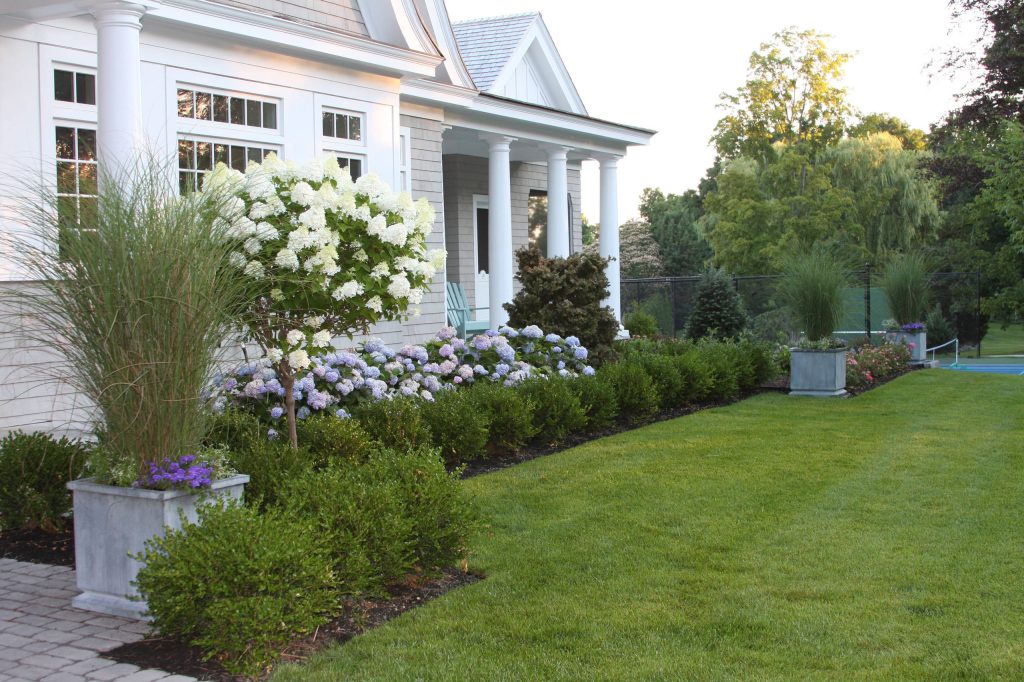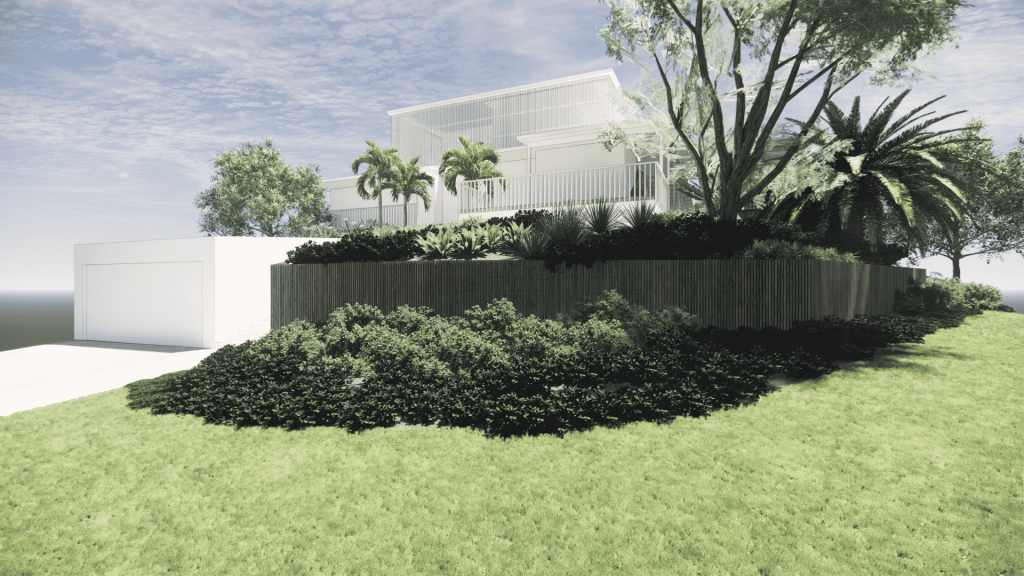Your grass has been stressed out while you’re still thinking about how much fun and leisure you had this July. Temperature, dryness, mosquitoes, bushes, and increased pedestrian traffic may well have made their mark on the white carpet. You know it’s in desperate about lawn aeration and over seeding vs slice seeding need of something. But what exactly is it? Is there still time to give it a boost before the winter arrives? Aeration, over seeding, or slice seeding may be beneficial to your summer-weary grass. Which one, though?
First, study slices seeding.
A slice seeder, also known as a slit seeder, is used to initiate the seeding process. This machine creates furrows in the earth by slicing into it with steel blades. The grass seed is then dropped into the furrows. Rather than distributing seeds on your lawn, this method places the seed immediately and securely in contact with the soil.The lawn aeration can help your lawn renew, but they serve different purposes.Slice seeding is the process of sowing grass seed in order to promote the fastest and most complete growth of new grass.

What Is Aeration, Anyway?
The soil and underlying thatch of your grass might become compacted over time, limiting your lawn’s capacity to develop. When soil becomes compacted, it loses its ability to breathe. Your grass’s roots will be unable to receive nutrients or water from the soil as a result. As a result, it’s vulnerable to weeds and disease. Aeration is the process of piercing the soil with small holes to allow air, water, and nutrients to reach the roots. So, check for core aeration near me that would encourages deep root growth, resulting in a healthier, more vibrant grass with fewer barren areas.
What is over seeding?
Over seeding is the process of sowing grass seed into existing turf without breaking it up or disturbing the soil. It’s a simple technique to fill in bare places, increase turf density, introduce new grass species, and improve the color of your lawn. If a lawn appears to be old or “worn out,” requires increasing amounts of water and fertilizer to thrive, or is susceptible to disease or insects, it’s a good candidate for over seeding.
